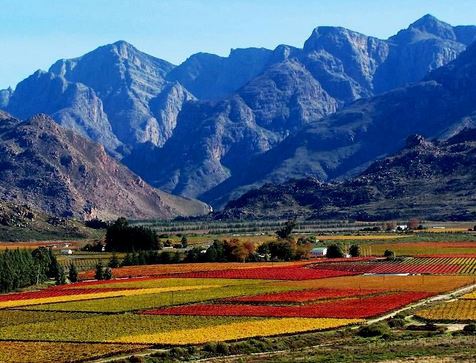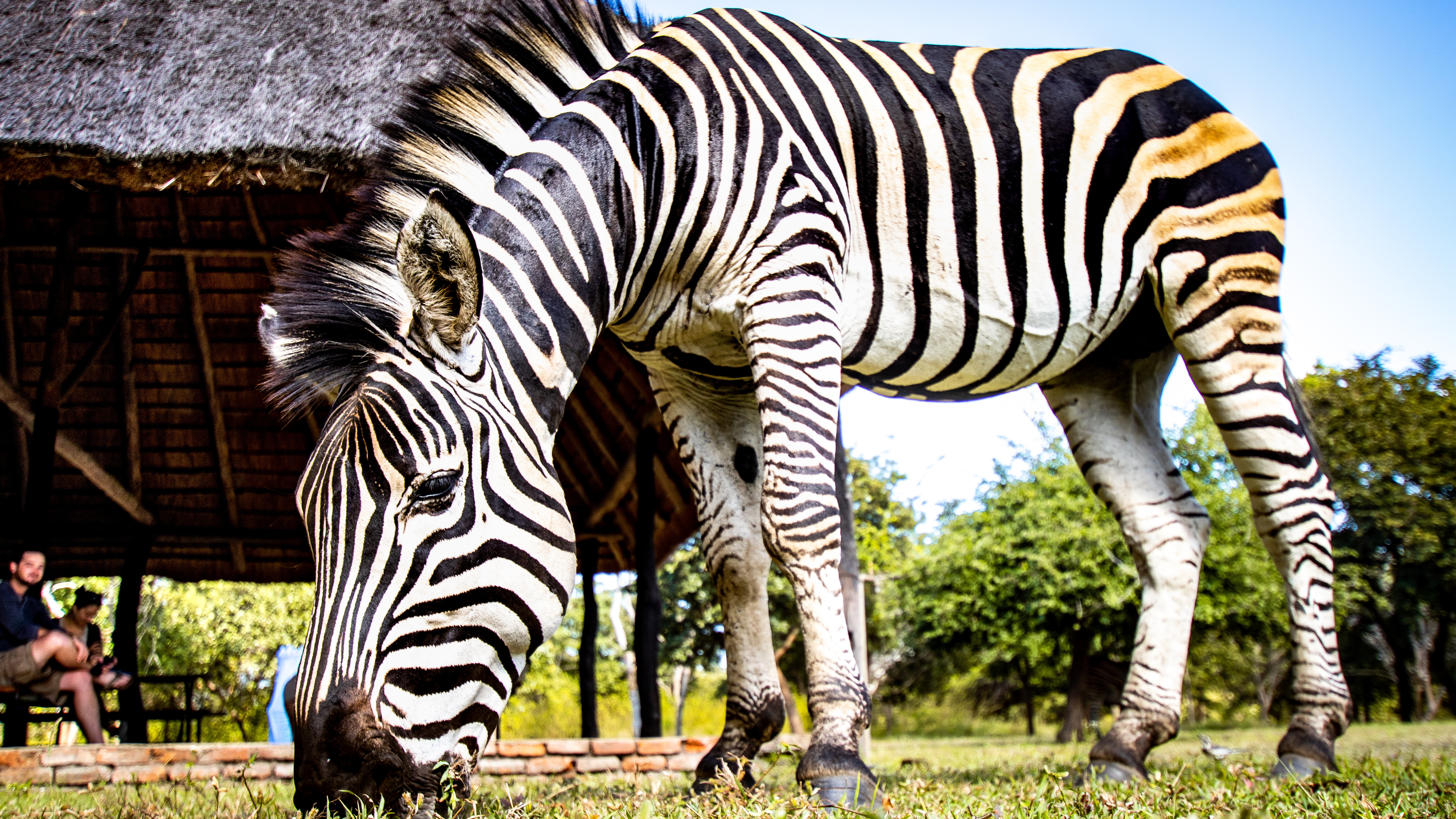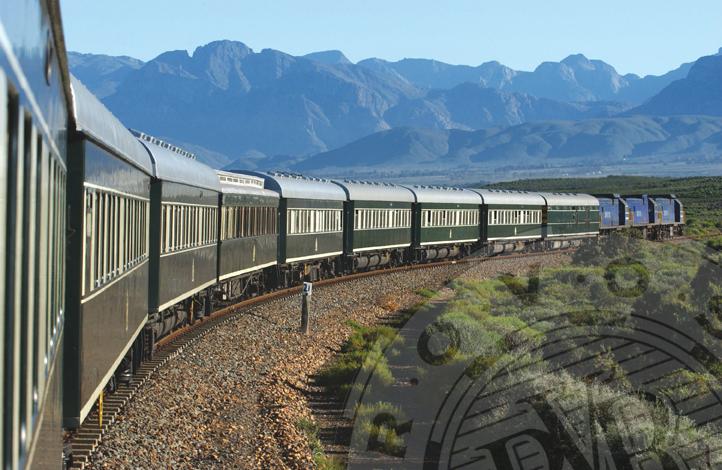Ladysmith is a town in Kwazulu Natal province and lies on the N3, the highway from Johannesburg (365 km north of Ladysmith) to Durban (230 km to the south-east).
In 1847 a group of farmers, under the leadership of Andries Spies, bought a piece of land from the Zulu king. The Boers called it the republic of Klipriver after the river that flowed through the area. Later that same year the newly founded republic was taken over by the British who named it after the wife of British General Smith of the Cape Colony, Ladysmith was born. The British built a fortress to protect against the Zulu people.
During the Second Boer War between the English and the Boer, Ladysmith was the center from which British Lieutenant General Sir George White tried to protect Natal from the Boer. At the end of October 1899, there were a number of short battles in the Ladysmith region, and then White decided to withdraw his troops into the city. The Boers surrounded Ladysmith on November 2 and this occupation (the Siege of Ladysmith) lasted until February 28, 1900, no less than 118 days. All the while people could not bring food, medicine and other goods into the city and many people died. When British auxiliary troops finally arrived on 28 February, the occupation ended.
Ladysmith is located at the foot of the Drakensberg, 26 kilometers from the beautiful Van Reenen mountain pass. The Klip River that runs through the place has caused flooding for years. The worst flood was in 1996 when no fewer than 400 families had to be evacuated and there was an enormous amount of damage. The Qedusizi Dam was completed in 1997, which so far offers adequate protection against flooding. The climate in this region falls into the subtropical highland climate category, which means that the summers are warm (25-30 degrees) and the winters cool with temperatures around 20 degrees during the day and a few degrees above zero at night. The average annual rainfall is 639 mm, most of the rain falls in the summer and the winter months are dry.
Next to the Town Hall is a small museum with information about the battles and the siege of Ladysmith, so anyone interested in history should visit this Siege museum. The Town Hall itself was built in 1893 and further expanded in 1923, in front of the building are two cannons named Pollux and Castor. You will also see many memorial monuments in and around Ladysmith that all have to do with the battle fought here such as the Burgher Memorial on Wagon Hill.
Lovers of wild animals and nature can also enjoy themselves here. Those who would like to go on safari can visit the Nambiti Private Game Reserve where the Big Five (elephant, buffalo, lion, leopard and rhino), hippos, cheetahs, hyenas and many other animal species live. There are a number of lodges in the 10,000 hectare reserve for those who want to spend the night here. Water sports enthusiasts visit the Spioenkop Dam Nature Reserve at 35 kilometers from Ladysmith. Here you can also walk or enjoy a picnic along the dam. There is also a part where you can see giraffes, zebras, rhinos, wildebeests and many types of antelopes. Many birds can be found throughout the area.
Add to my travel plans



